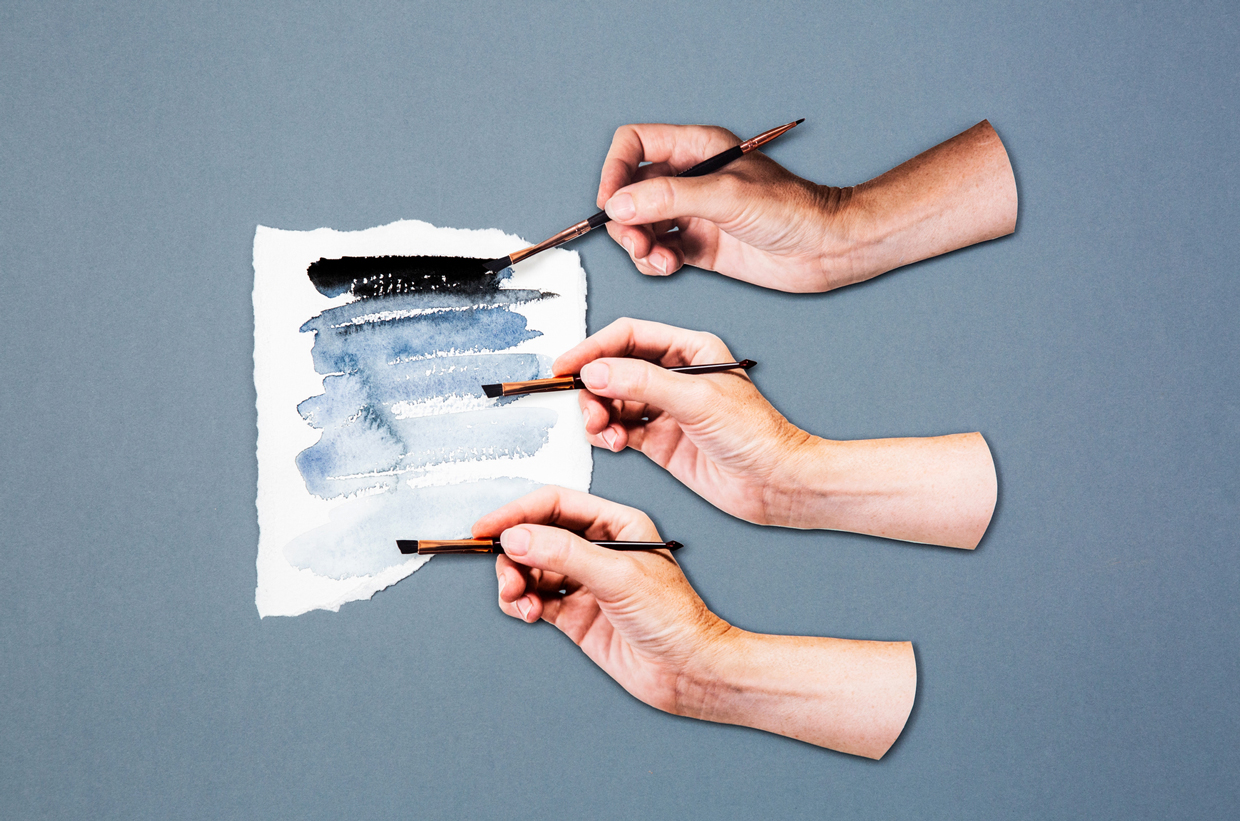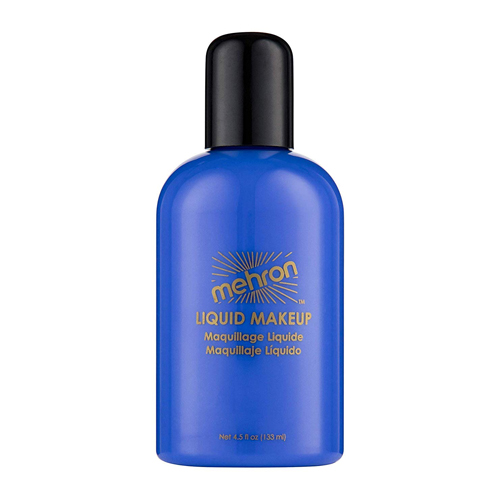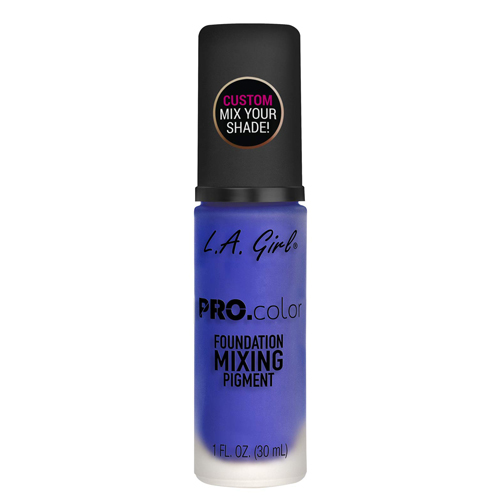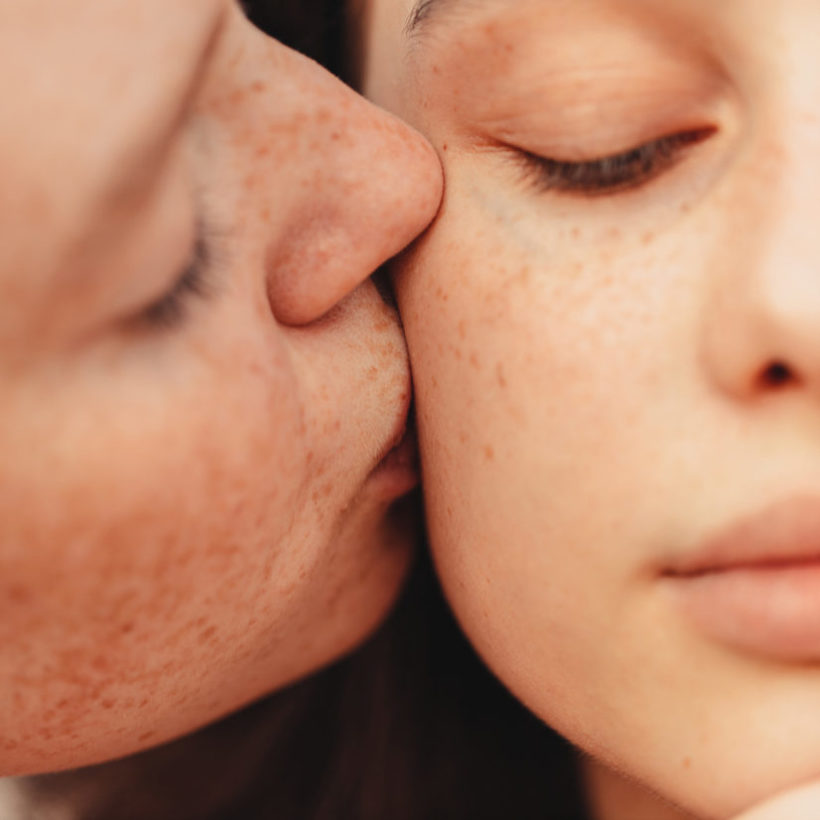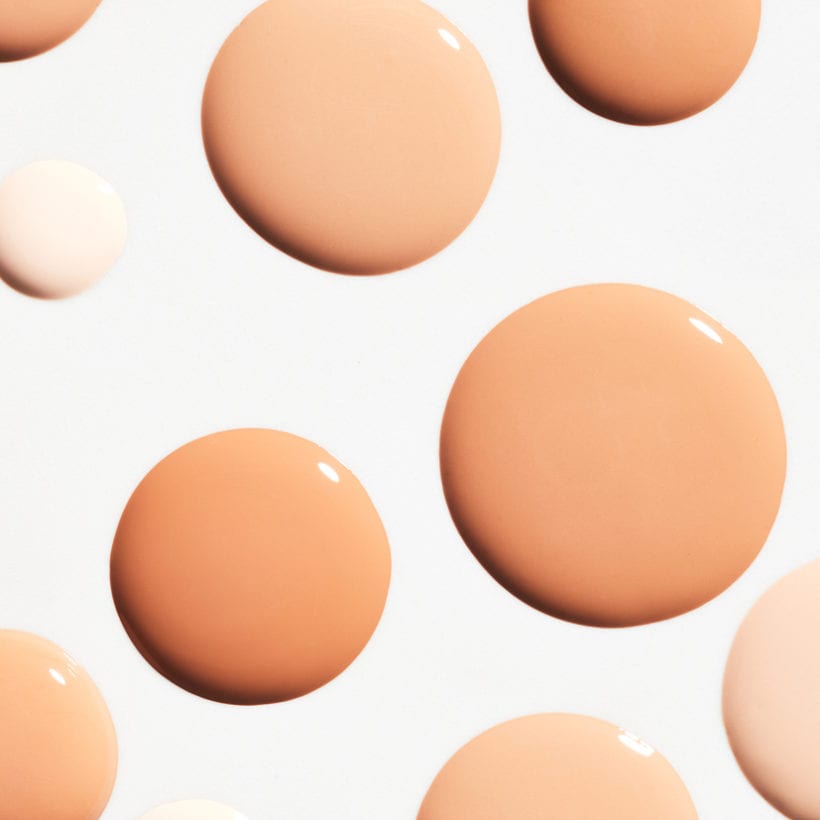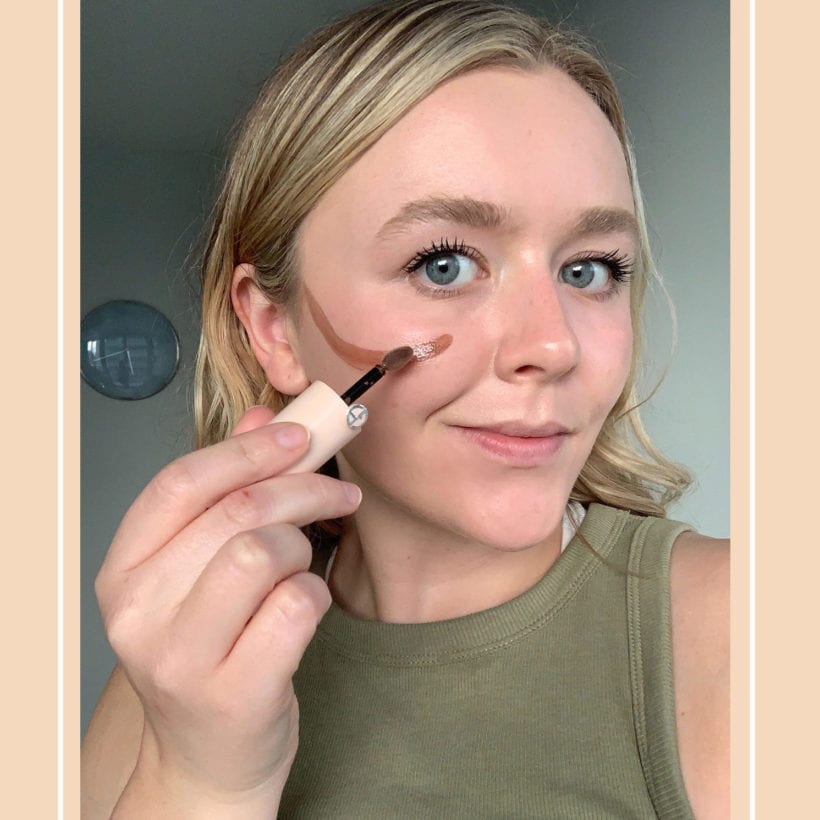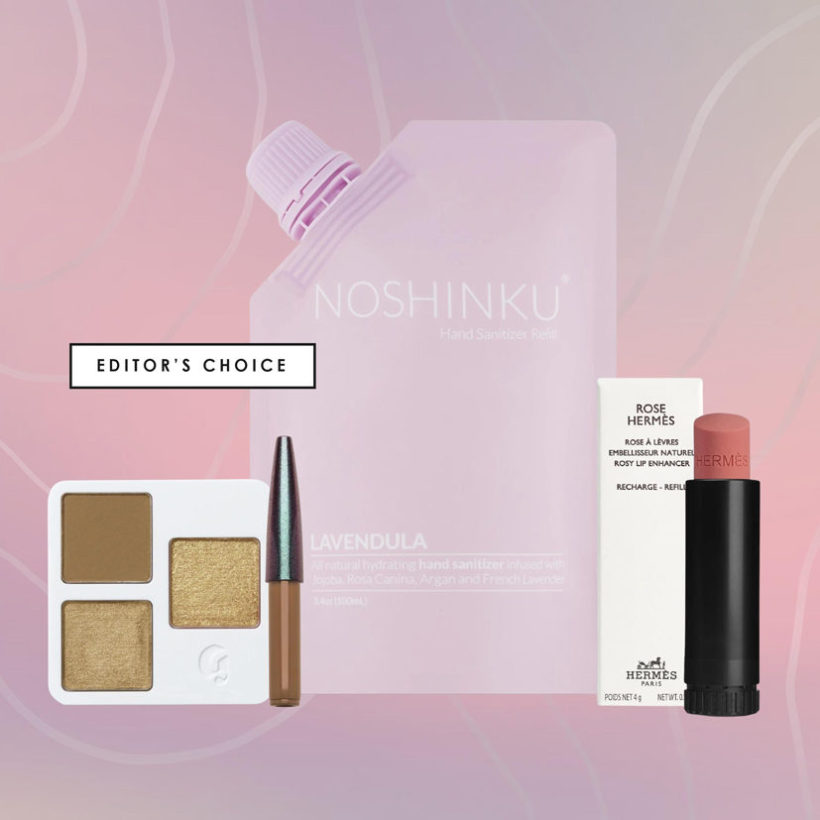If you spend any amount of time on TikTok, you know how easy it is to fall down the rabbit hole and spiral into a world of uncharted territory. There, you’ll find everything and anything imaginable when it comes to all things beauty. Recently, we spent a little too much time enthralled in #makeup and wound up watching (more times than once, admittedly) beauty influencer Rose Siard using a blue foundation to color-correct a shade of too-warm foundation.
@roseandben Have you tried this?! 😱😱 #viralmakeup #makeuptutorial ♬ original sound – Rose Siard
Undoubtedly, it’s happened to us all: You purchase a bottle of liquid foundation, take it home, and upon applying it, realize that the color is off. Like way off — as in your face looks orange and the tone is just too warm for your skin. Charlie Riddle, Stila Global Beauty Director, says that one of the biggest mistakes made with foundation is selecting too dark of a shade, even if it’s an attempt to add color or bronze the skin. “That’s definitely a big one,” he says. When sporting too-dark of a shade — even if it looks good momentarily — Riddle explains that the makeup can leave behind that ‘classic jawline mark’ once the foundation oxidizes.
Meet the Experts
Charlie Riddle is the Global Beauty Director at Stila Cosmetics.
Lindsay Kastuk is a commercial & editorial makeup artist makeup artist. She was a featured makeup artist on the Allure Magazine YouTube series Triple Take.
Dani Kimiko Vincent is a celebrity brow expert, makeup artist, and founder of KIMIKO.
Color Theories 101
The color wheel you learned about in middle school art class actually holds a lot of weight regarding the makeup you wear today. Simply put, color theory is used to accentuate other colors, says makeup artist Lindsay Kastuk. The basics of color theory go like this: Whatever color sits directly across from another one is its match — blues and oranges are complementary pairs and so are greens and reds. “When you want to tone down a color, pick its complementary color to neutralize it,” she explains. “Adding blue can tone down warmth to create a neutral tone,” adds Kastuk. “This is essentially the same phenomenon as using purple shampoo on blonde hair to tone down the yellow.”

What’s an Undertone?
The skin naturally has one of three undertones: either cool, warm, or neutral. Different from the actual tone of your skin, which is how light or dark it is, the undertone is more about the range of colors within the skin. For example, cooler undertones display touches of blue or pink whereas warmer undertones boast more gold, yellow, or orange shades. Neutral undertones contain a mix of both.
All of this is important in selecting that just-right shade of foundation because if you opt for one that’s too warm or too cool and it doesn’t echo your skin’s undertones, it won’t be that perfect-for-you match. Dani Kimiko Vincent, founder of KIMIKO, celebrity brow expert and makeup artist says the most common color mistake is choosing a foundation that isn’t the correct undertone for your skin. “To get it right, assess how much warmth and coolness is in your face, your neck, and overall skin tone,” she advises.
So how do you do that? Figuring out the proper undertones is a bit tricky but not impossible. The best and easiest way to reveal your skin’s true undertones is to look at the inside of your wrist, which often hints at either warm, cool, or neutral shades in the skin. Just make sure you don’t analyze any inflamed or broken-out areas or those prone to eczema or rosacea. Then, Kimiko Vincent says to find a formula that suits your skin type, coverage needs, and color match. She also recommends finding some good daylight and testing the foundation on the widest section of the jaw (right in front of your ear). “Apply a small amount of foundation, blend it down onto the neck, and ensure that the shade essentially disappears into both your face and neck,” she explains. If you can achieve a seamless look with no unnatural-looking colors, then you have found the perfect match; if not, keep testing until you do.
The Saving Grace of Going Blue
Let’s say that you think you have the right shade selected, or your skin is a little paler in the winter than it was when first purchasing the foundation and now the makeup appears a tad bit too warm. You can neutralize the foundation with a little bit of that color wheel theory.
Color-correcting blue foundation is the secret. “Blue neutralizes warmer tones, so if something is too warm (meaning there is too much red or orange) if you add a hint of blue, it will cool it down and become more neutral,” Riddle shares. Although the blue foundation has been trending for a hot moment, Riddles says it’s an often under-looked color corrector. “A lot of stage makeup and movies mix and create custom foundations by adding a few drops of a blue color to neutralize a shade. And a lot of brands tend to skew more yellow or red in their color range, so adding blue can bring it down to a perfect match.”
L.A. Girl PRO. Color Foundation Mixing Pigment and Mehron Liquid Makeup are some of the best ones on the market right now. Kastuk recommends checking to see if the brand of foundation you currently use has a complimentary blue foundation. “Makeup brands make formulations that complement each other, so that would be ideal.”
The Right Way to Use It
Using blue foundation is one technique that you’ll want to practice first. After mastering it, always utilize the color-correcting shade per application instead of pre-mixing everything together. However, if your foundation impeccably matches your skin and compliments its undertones, you can bypass the blue foundation. Kimiko Vincent says a blue foundation adjuster only needs to be used if the foundations you already have are running too warm for your neutral or cooler skin tone.
Kastuk says the easiest way to do it is to pour a small amount of foundation onto a makeup palette (Ofra Pro Mixing Palette and Scott Barnes Glass Palette are good ones) or the back of your hand. Then, she suggests slowly adding a few drops of the blue foundation into the too-warm shade and mixing it together with a brush. “You can start by putting a tiny dab on your jawline to see if the color now matches your skin,” Kastuk adds. “If the shade is still too orange, add more blue. Since this is a delicate process, once you add too much, you can’t take it back.” Just make sure not to go overboard, otherwise, you may end up looking like Smurfette.
In addition to blue, there are other tried-and-true color correctors that work, too, albeit for different purposes. “Green neutralizes redness whereas peach and orange brighten, especially dark circles — yellow brighten, too,” Riddle advises. And to correct sallowness in the skin, use lavender. Of course, Riddle is partial to Stila One Step Correct — two new shades just launched — because he says, “it has all the color correctors built into one, so it combats all of these areas while leaving skin hydrated and brightened.”
We only recommend products we have independently researched, tested, and loved. If you purchase a product found through our links, Sunday Edit may earn an affiliate commission.
